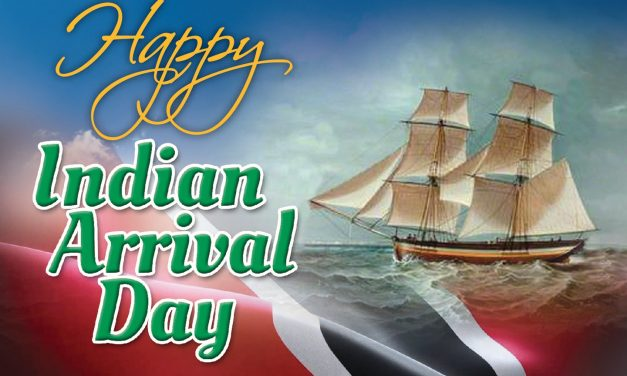
Avellon Williams
PORT OF SPAIN, TRINIDAD AND TOBAGO- Indian Arrival Day is a significant celebration in Trinidad and Tobago, commemorating the arrival of indentured Indian laborers to the country.
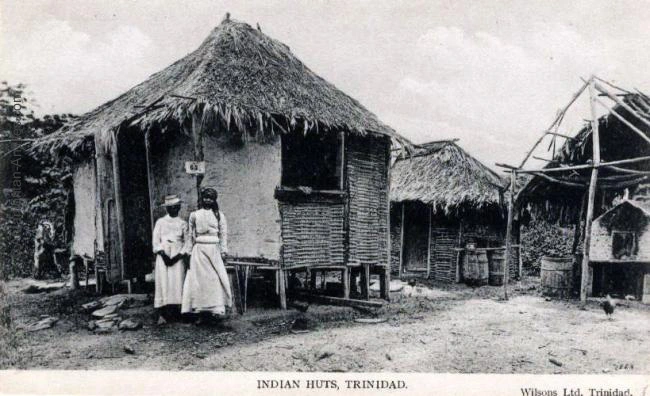
Indian Arrival Day holds great historical and cultural importance in Trinidad and Tobago. It marks the arrival of the first Indian indentured laborers to the country on May 30, 1845. These laborers were brought to Trinidad and Tobago by the British colonial rulers to work on sugar plantations after the abolition of slavery.

The journey of these Indian laborers was marked by hardship and sacrifice. They left their homeland, primarily from regions such as Bihar and Uttar Pradesh in India, seeking better opportunities and a new life. Little did they know that their arrival would shape the cultural landscape of Trinidad and Tobago forever.
Upon reaching Trinidad and Tobago, the Indian laborers faced many challenges. They had to adapt to a different climate, unfamiliar surroundings, and a new way of life. Despite the hardships, they managed to preserve their traditions, customs, and cultural practices, creating a vibrant and diverse Indian community in the country.
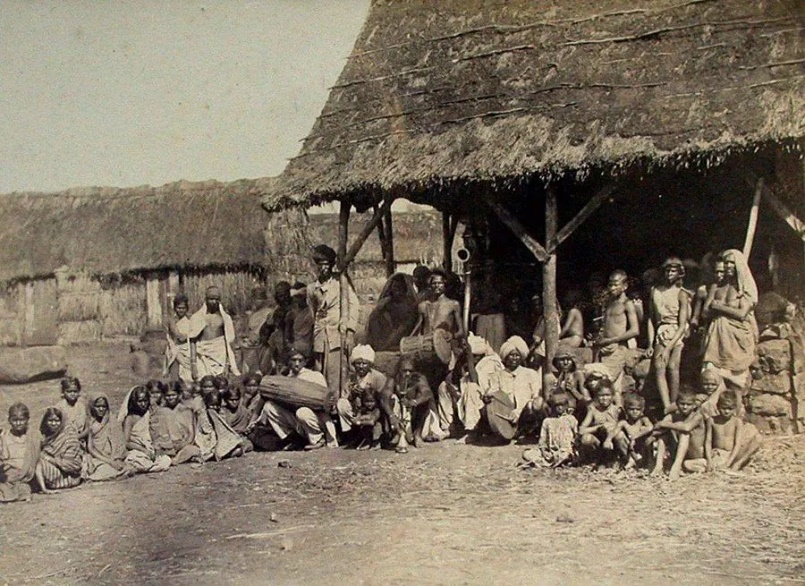
Indian Arrival Day is celebrated annually on May 30th, paying tribute to the struggles and contributions of the Indian community in Trinidad and Tobago. The celebrations often include a variety of events and activities that showcase Indian culture, such as music, dance performances, traditional rituals, and culinary delights.
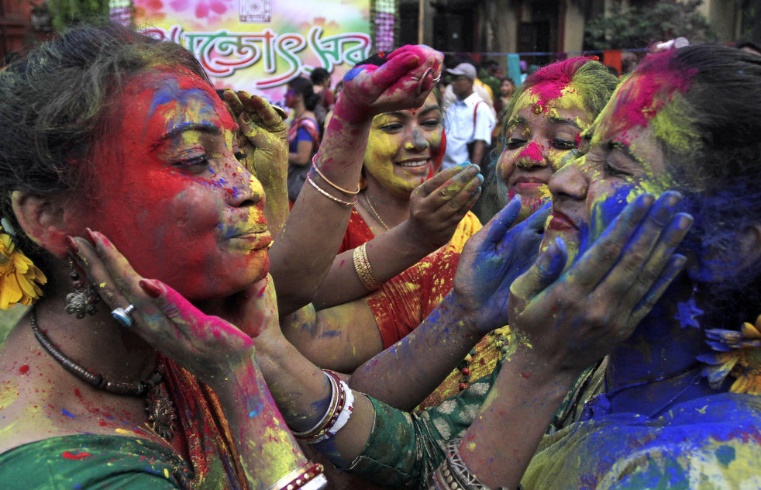
Throughout the country, you will find colourful processions featuring traditional Indian attire, vibrant decorations, and the captivating sounds of Indian music. These festivities bring together people from all walks of life, fostering a sense of unity and pride in the Indian heritage and its impact on the multicultural fabric of Trinidad and Tobago.
The celebrations also serve as a platform for educating the younger generation about the history and legacy of Indian indentured laborers. Schools, cultural organizations, and community centers organize educational programs, exhibitions, and seminars to raise awareness and promote cultural exchange.
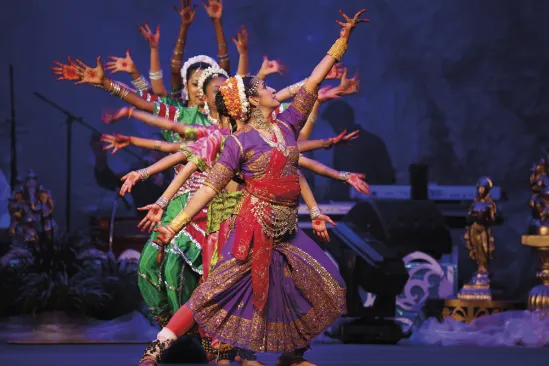
Indian Arrival Day is not only a commemoration of the past but also a celebration of the present and future. It signifies the resilience, perseverance, and contributions of the Indian community to the social, economic, and cultural development of Trinidad and Tobago. The festivities highlight the rich diversity of the country and promote harmony and understanding among different ethnic groups.
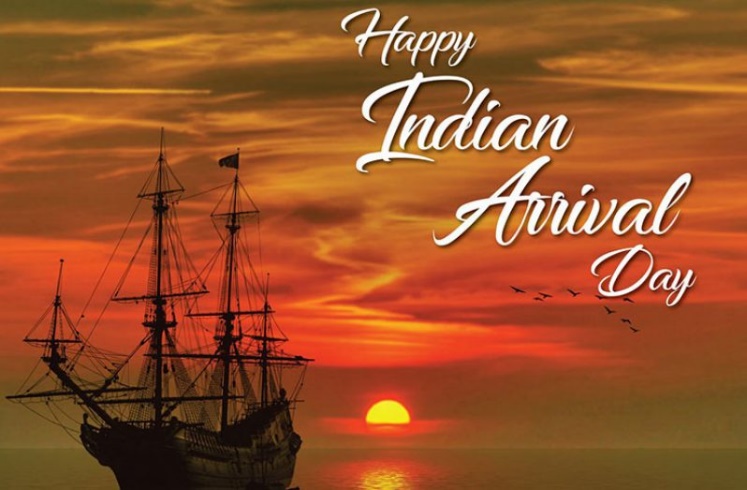
In essence, whether you are part of the Indian community or a visitor, Indian Arrival Day in Trinidad and Tobago promises an unforgettable experience, a time of remembrance, appreciation, and celebration. It honors the ancestors who embarked on a challenging journey and laid the foundation for a vibrant and thriving Indian community in the country. The day serves as a reminder of the shared history and cultural fusion that has shaped the unique identity of Trinidad and Tobago.




